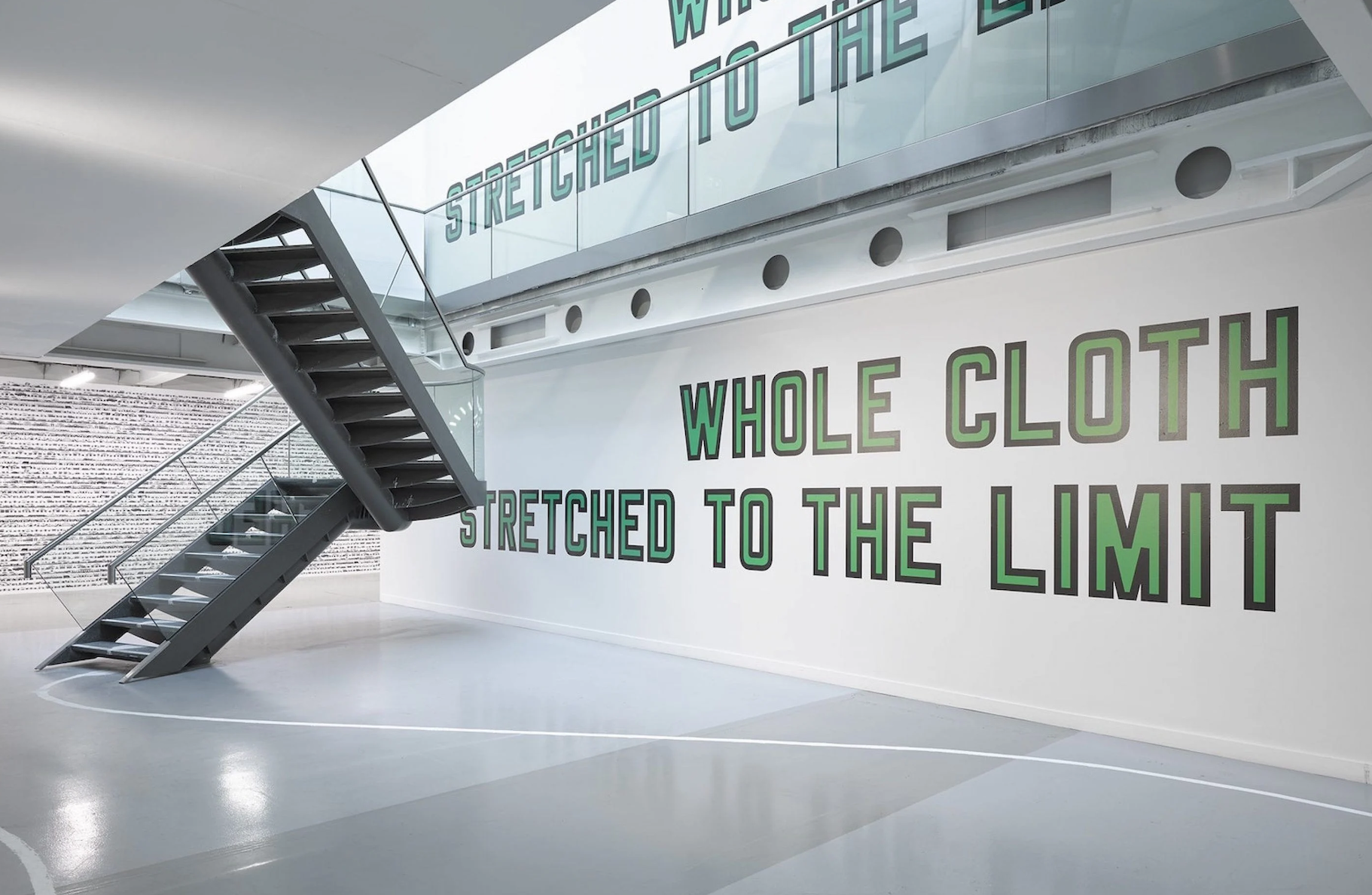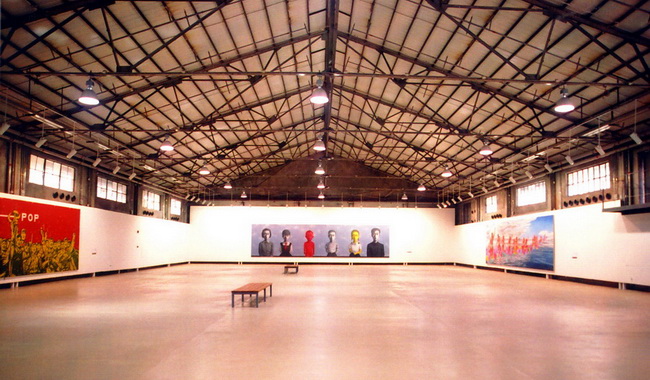WEEK9 MY PEER REVIEW OF QIQI YANG

Your curatorial proposal demonstrates a strong conceptual foundation, particularly in its engagement with cultural hybridity within the context of globalization. Initially framed as East-West Art Interaction, your project has evolved into Transcending Dichotomy and Exploring Cultural Integration, drawing inspiration from Hou Hanru’s approach, which positions exhibitions as platforms for social experimentation and dialogue. This shift is commendable, but there remains room for further refinement in bridging the theoretical framework with practical execution.
1. Strengths and Areas for Improvement in Your Curatorial Concept
Your curatorial theme has expanded beyond direct East-West influences to a broader exploration of cultural hybridity. However, cultural hybridity is a broad and complex concept that requires a more clearly defined theoretical foundation to avoid superficial interpretations. Homi Bhabha’s Third Space theory offers a useful framework, emphasizing that cultural hybridization is not merely the juxtaposition of existing elements but a dynamic process of re-creation that generates new meanings. To strengthen the theoretical underpinning of your exhibition, consider the following questions:
-
How does the exhibition embody the concept of the Third Space?
-
How do the selected works reflect the emergence of a new artistic language through cultural fusion rather than a mere combination of aesthetic elements from different traditions?
-
In what ways do the artworks challenge existing cultural binaries and create new perspectives?
By addressing these questions, your curatorial premise will become more focused and conceptually rigorous, enhancing the overall coherence of the exhibition.
2. Artist Selection and Thematic Focus
Your selection of artists is diverse and engaging, offering multiple perspectives on cultural integration. However, to enhance curatorial consistency and feasibility, a more focused selection of artists may be beneficial. Rather than incorporating a wide range of artistic styles, narrowing your selection to a few key artists whose works are in dialogue with one another will create a clearer and more compelling thematic focus. Some potential artists include:
-
Yang Fudong (New), whose video narratives explore the intersection of traditional aesthetics and contemporary urban life. Works such as Seven Intellectuals in a Bamboo Forest and The Light That I Feel reference Eastern cultural motifs while engaging in dialogue with the Western world.
-
Gao Ludi, who merges Western pop art influences with traditional Chinese painting techniques, offering a visual language that reflects contemporary hybrid identities.
-
Hannah Lim, who investigates identity through the fusion of Eastern and Western design elements in furniture and decorative arts.
By curating a selection of artists whose works interconnect conceptually, your exhibition’s thematic coherence will be significantly strengthened.
3. Considerations for Exhibition Venues and Scale
The proposed venues—180 The Strand in London and Shanghai OCAT—are well-aligned with your exhibition’s positioning. However, their spatial scale and logistical requirements should be carefully assessed against the nature of the selected works. If the exhibition includes large-scale installations or works requiring complex spatial arrangements, smaller community art spaces may provide a more flexible and cost-effective alternative.
4. Budget Optimization and Exhibition Format
Several of your selected works, such as Jam Jean’s large-scale paintings and sculptural installations, present significant logistical challenges due to their size and transportation requirements. To optimize costs while maintaining impact, consider the following strategies:
-
Prioritizing artworks suitable for digital display: For example, Yang Fudong’s video works can be screened or exhibited online, while digital and interactive art could incorporate VR/AR elements to create an immersive experience. This approach not only reduces transportation and installation costs but also enhances the exhibition’s technological and interactive appeal
-
Incorporating local artists: Whether in London or Shanghai, there are many local artists whose work explores cultural identity and the intersection of tradition and contemporary practice. Your engagement with students in Contemporary Art Practice (CAP) provides an opportunity to identify emerging artists whose work aligns with your curatorial vision. Collaborating with local artists can streamline logistical processes, reduce costs, and foster deeper connections with the local creative community.
References:
Artda. Accessed March 22, 2025. https://www.artda.cn/meitikongjian-c-11430.html.
Asia Society. “Yang Fudong: Seven Intellectuals in a Bamboo Forest.” Accessed March 22, 2025. https://asiasociety.org/new-york/exhibitions/yang-fudong-seven-intellectuals-bamboo-forest-0.
Bhabha, H.K. (1994). The Location of Culture (2nd ed.). Routledge. 10.4324/9780203820551
Homi K. Bhabha, The Location of Culture (London: Routledge, 2012). https://ahd-3903-a.info/wp-content/uploads/2020/02/bourriaud-nicholas_postproduction-dragged.pdf
Ignant. “180 The Strand.” Accessed March 22, 2025. https://www.ignant.com/2019/05/02/180-the-strand-london-uk/.
IMDb. The Light That I Feel. Accessed March 22, 2025. https://www.imdb.com/title/tt4807150/.
Rogoff, I. (2000). Terra Infirma: Geography’s Visual Culture (1st ed.). Routledge. https://doi.org/10.4324/9780203632970
(https://unsplash.com/photos/person-sitting-front-of-laptop-mfB1B1s4sMc)







